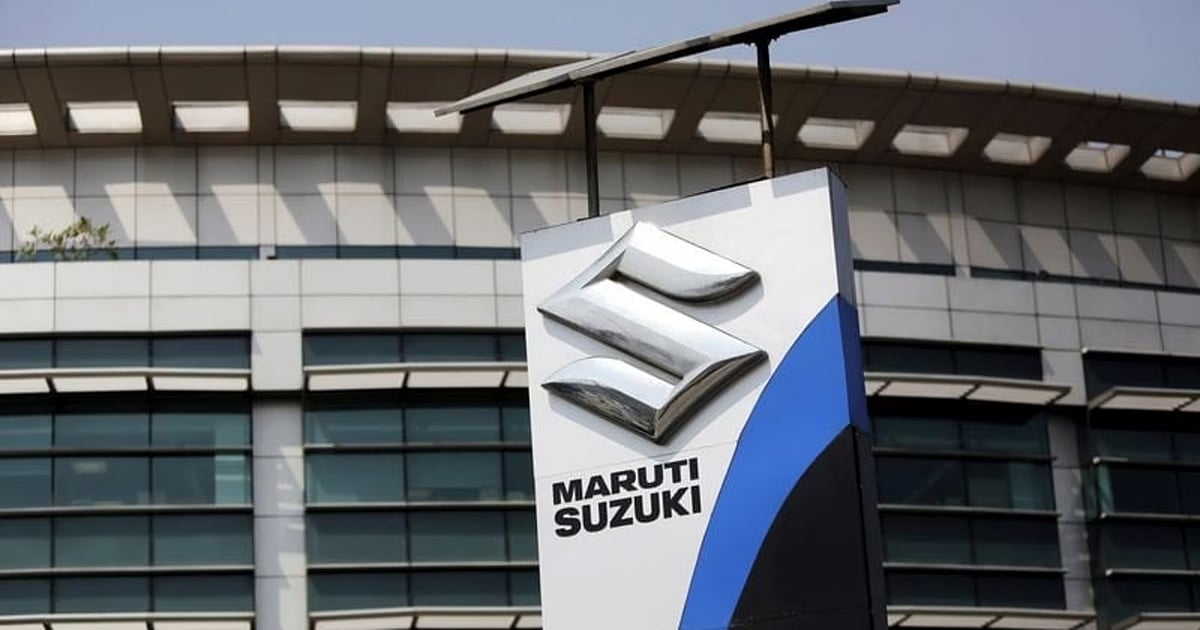Maruti Suzuki, a prominent player in the Indian automotive sector, has reported a 6.4% increase in its revenue for the fourth quarter of fiscal year 2025, totaling Rs 40,673 crore. Despite this growth in revenue, the company’s net profit experienced a 4% decline, aligning with analysts’ forecasts. This mixed performance has led to varying opinions among brokerages regarding the company’s future trajectory, particularly in light of ongoing margin pressures and new product introductions.
Mixed Reactions from Brokerages
Brokerage firms have shared diverse perspectives on Maruti Suzuki’s quarterly performance. Some analysts express caution, while others maintain a more optimistic outlook for the company’s growth.
- JPMorgan has opted for a ‘neutral’ stance on Maruti Suzuki, setting a target price of Rs 12,800. The firm noted a 14% shortfall in Earnings Before Interest and Taxes (EBIT) compared to their estimates, highlighting challenges such as:
- Ramp-up issues at new manufacturing plants
- Weaker product mix and commodity price pressures
- Increased advertising expenses
- Seasonal cost fluctuations
JPMorgan anticipates that fiscal year 2026 may prove less robust compared to FY25, suggesting that the company may struggle with soft volume growth as it navigates the new plant’s operational challenges.
Positive Outlook from Jefferies
On a more optimistic note, Jefferies has maintained a ‘buy’ recommendation for Maruti Suzuki, with an updated target price of Rs 13,600. They pointed out that despite a 9% year-on-year decline in EBITDA, the company is poised to enhance its export growth by 20% in FY26, which could help mitigate domestic market headwinds. Jefferies also expects the launch of two significant models, including a new SUV and the e-Vitara, to bolster the company’s portfolio.
BofA’s Conservative View
Bank of America (BofA) has also rated Maruti Suzuki as a ‘buy’, with a target of Rs 14,000. They predict a rebound in margins for the first quarter but foresee challenges related to new plant costs persisting for a few quarters. BofA has adjusted its margin expectations downward by 50-80 basis points, anticipating a 6% drop in earnings per share for fiscal year 2026.
Future Prospects and Strategic Moves
Maruti Suzuki’s management remains cautious, particularly regarding first-time buyers’ affordability in the current market landscape. The company is projecting a 20% growth in export volumes for FY26 and plans to launch the e-Vitara alongside a new internal combustion engine (ICE) SUV. The anticipated sales for the e-Vitara are expected to commence in the first half of FY26, with a target of 70,000 units, primarily driven by exports.
Additionally, the company implemented a price increase in April 2025 to counter regulatory cost hikes. As of the end of FY25, Maruti’s inventory levels stood at 28 days, reflecting its strategic management of supply.
In conclusion, while Maruti Suzuki showcases resilience with growing revenues, the road ahead appears challenging as the firm grapples with margin pressures and evolving market dynamics. Investors will be keenly observing the company’s upcoming launches and strategic adjustments in the coming fiscal year.











